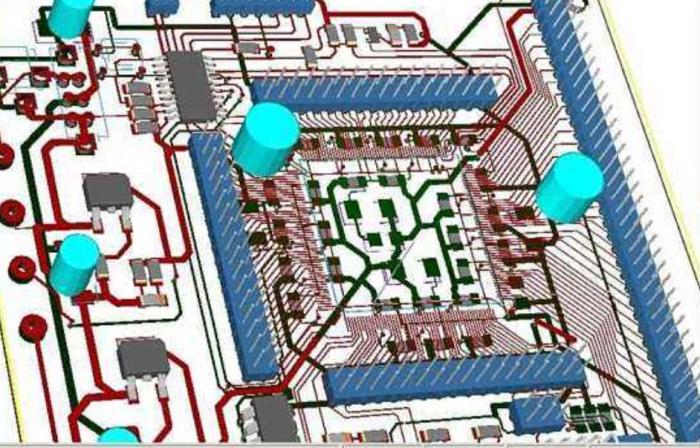As is well known, EDA is known as the “mother of chips”, and currently, almost all chip designs use EDA.
But in fact, EDA can not only be used for chip design, but also for comprehensive verification, physical design, simulation, testing, and other aspects. Considering that current chips have billions or even tens of billions of transistors, it can be said that without EDA, it is difficult for current chip companies to take a step.
Everyone is also aware that the EDA market was previously dominated by American companies, with Synopsys, Cadence, and Siemens EDA (located in the United States and acquired by Siemens) being giants.
According to 2021 data, these three companies have captured approximately 80% of the global market share and over 90% of the Chinese market.
This has resulted in a very serious consequence, which is that domestic chip companies rely on American manufacturers, including Huawei and Loongson.
In the context of global integration, it doesn’t matter, everyone can buy EDA for use. But now, as Zhang Zhongmou said, globalization is dead, and the United States has added more than 600 Chinese companies to the “physical list”.
Like Huawei, the use of EDA is subject to certain restrictions due to being included in the “physical list”.
It can be said that the EDA problem has seriously affected the development of the domestic chip industry. Therefore, in recent years, domestic EDA manufacturers have been working hard to develop EDA, continuously improving the process, and continuously working throughout the entire process, in order to replace foreign EDA.
Recently, Huawei’s rotating chairman, Xu Zhijun, stated that the Huawei chip design EDA tool team has collaborated with domestic EDA enterprises to basically achieve localization of EDA tools above 14nm, and will complete comprehensive verification by 2023.
What this means, I believe everyone understands, means that for processes at 14nm and above, we no longer need to rely on American manufacturers and can fully localize.
Currently, chips above 14nm actually account for the vast majority of the chip market share. In 2022, the proportion of chips above 28nm is as high as 75%, let alone chips above 14nm.
In fact, it’s not just EDA, Huawei has replaced many chip products domestically. For example, a few days ago, Ren Zhengfei stated that Huawei has completed the replacement development of over 13000 devices and the repeated replacement development of over 4000 circuit boards in three years.
It can be seen that as long as one is willing to work hard, whether it is EDA, chips, operating systems, or even lithography machines, they can achieve domestic substitution, starting from the low end, and then gradually moving towards the high-end and advanced technology.https://www.stoneitech.com/
